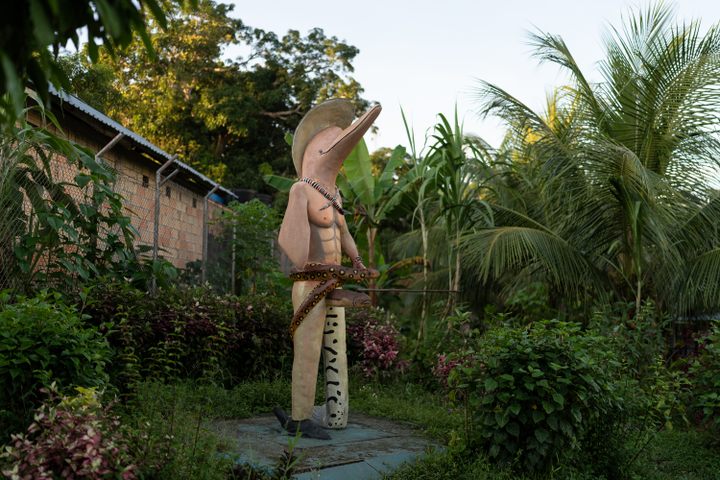
Our Favorite New Places of 2023
We added more than 2,000 places to the Atlas this year—these are 23 of our favorites.
Our understanding of the world and what’s in it changes every day. Basement renovations have uncovered underground cities and entire continents have gone missing (then been found again).
In 2023, Atlas Obscura’s community helped us share the stories of more than 2,200 places from every corner of the world. Among them was a big milestone: our database of curious and unusual places grew to more than 25,000 entries.
Some of these places are ancient wonders shaped by the movement of tectonic plates or the hands of long-lost people, while others are more recent additions to the world. Our editors selected 23 of the most fascinating places that crossed our desks this past year, from a Japanese shrine that builds water fountains specifically for honeybees to a Swiss cemetery where burial is reserved for mountain climbers who died pursuing their passion. There’s a lot more still out there, and we can’t wait to see what wonders next year holds.
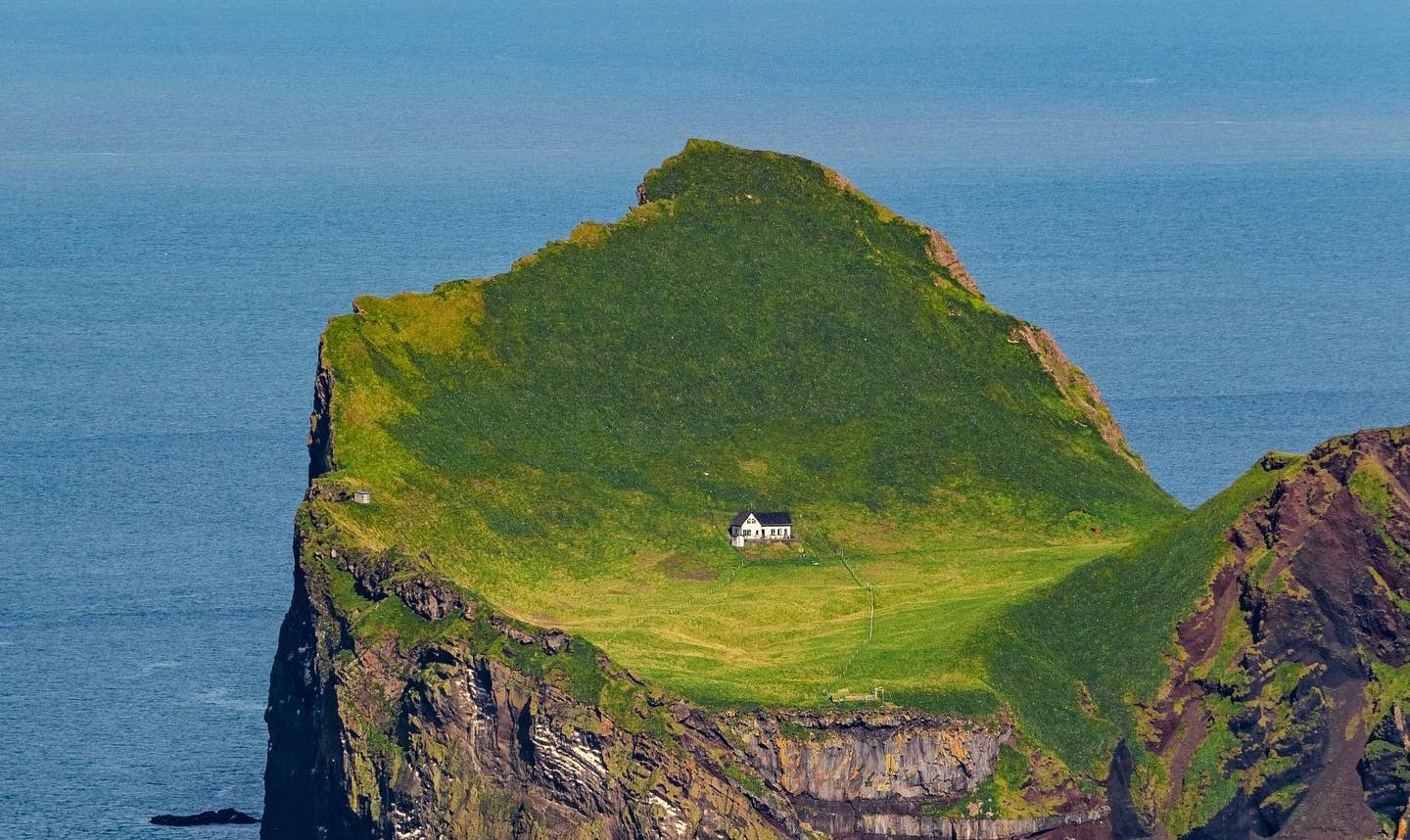
Elliðaey Island Lodge
Vestmannaeyjar, Iceland
Just beyond the lush green lawn where this small building sits are treacherous cliffs made of dark volcanic rock. Beyond those cliffs are the foreboding waters of the North Atlantic. This is Elliðaey, a tiny island off the southern coast of Iceland where puffins are just about the only permanent residents. But a widespread misconception led many to believe that this unusual island was Icelandic singer-songwriter Björk’s home.
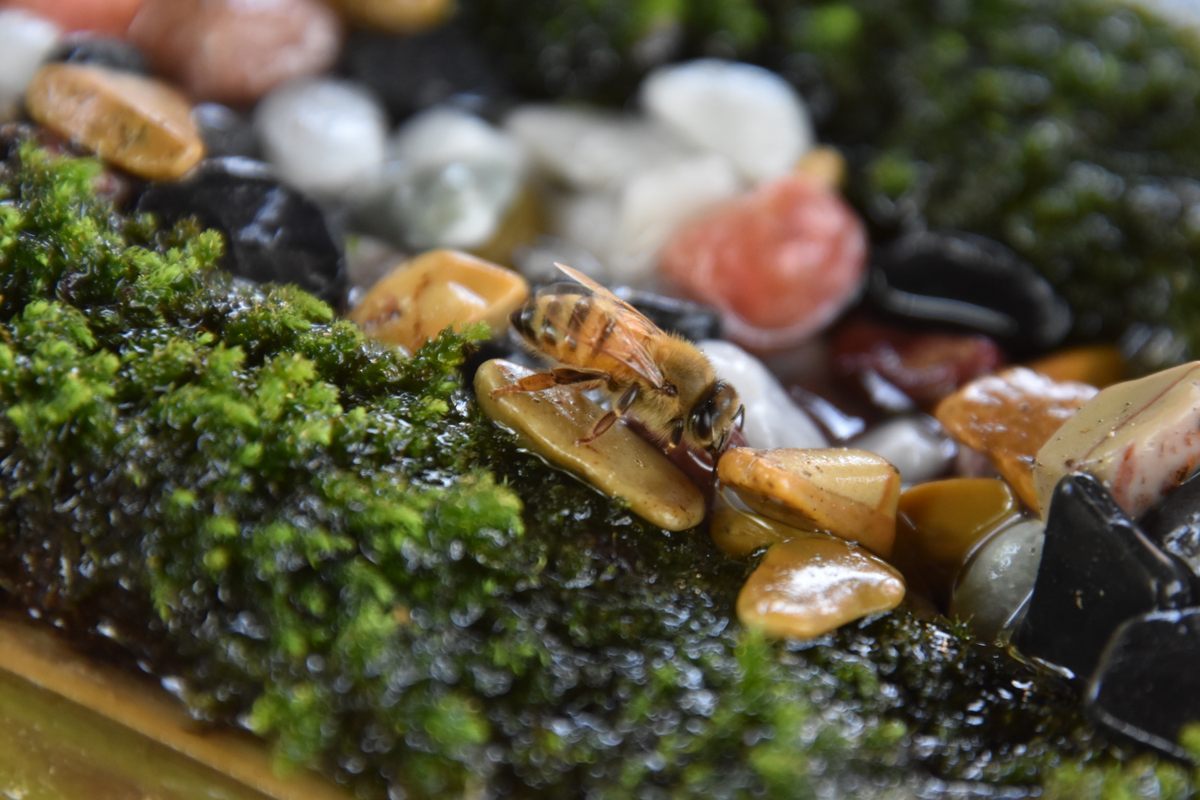
Honeybee Drinking Fountain at Hitokotonushi Shrine
Jōsō, Japan
On a sweltering summer day, you might catch a bee stopping to drink a little water while they go about their business. But how often do you think they encounter a tiny drinking fountain tailor-made for their kind? Hitokotonushi Shrine in Japan’s Ibaraki Prefecture has set up tiny apian water stations every summer for the last three years. This small act of kindness has helped hydrate countless bees—and warmed the hearts of thousands.
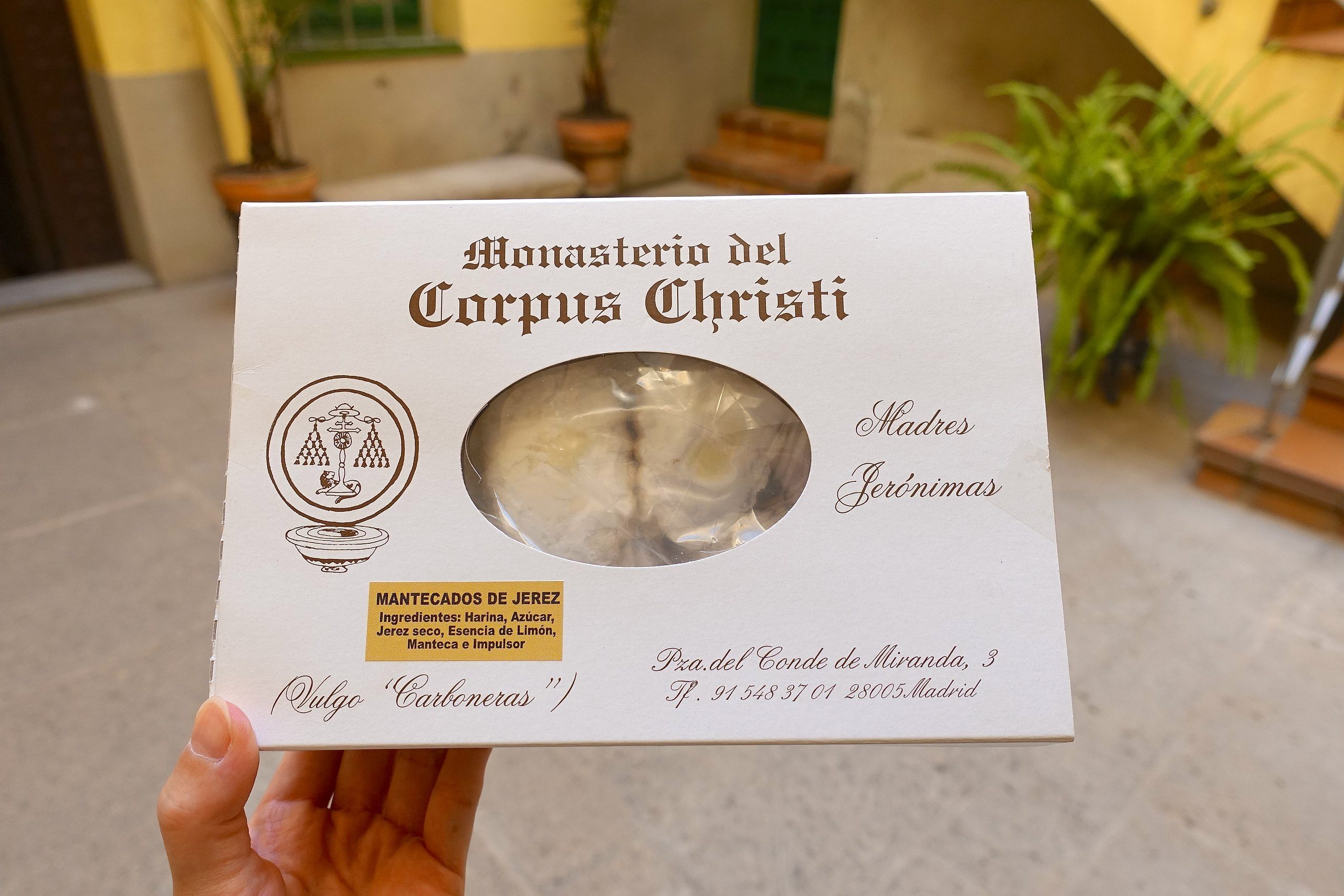
Secret Nun Cookies at Monasterio del Corpus Christi
Madrid, Spain
In the Plaza del Conde de Miranda, a simple set of double doors in the wall of the Monasterio del Corpus Christi lead to a place where visitors can buy cookies from cloistered nuns. Although the monastery has been in operation since 1607, its inhabitants have only recently gotten into the baking business. But since their vows prevent them from interacting with the outside world, you’ll have to pay for your nevaditos and naranjines via a turntable.

Jerry’s Hat Museum
Forrest, Illinois
Stained glass windows and church pews sit among displays of baseball caps in what appears to be a religious shrine to headwear. Located inside a former church, Jerry’s Hat Museum is the work of Jerry Roth, who hung all 15,000+ hats on the walls himself. (Though they’re not mentioned in the museum name, you’ll also find more than 31,000 pens and pencils on display here.)

FireFly at Schiphol Airport
Schiphol, Netherlands
If you catch a glimpse of a burning plane next to the runway at the Schiphol tarmac, don’t freak out—it’s supposed to do that. This often-aflame plane is the FireFly, a unique training tool for potential airport fires. The FireFly is something of a Franken-plane: the interior and exterior are a hodgepodge of different types of crafts so that firefighters can prepare for a wide range of scenarios.

Phở Hàng Trống
Hanoi, Vietnam
For a bowl of true northern-style Vietnamese phở with a beef broth as clear as consommé, you’ll need to first locate this restaurant hidden within the residential home of Ms. Minh—who moved her one-time street operation indoors in 2017.

Massacre Rim Wilderness Study Area
Washoe County, Nevada
A few hours north of Reno and its bright neon lights, you can find one of the darkest places on Earth. Massacre Rim Wilderness Study Area is one of just a few dark sky sanctuaries. With few settlements nearby to create light pollution and a wide expanse of desert, this remote site is a haven for stargazers.
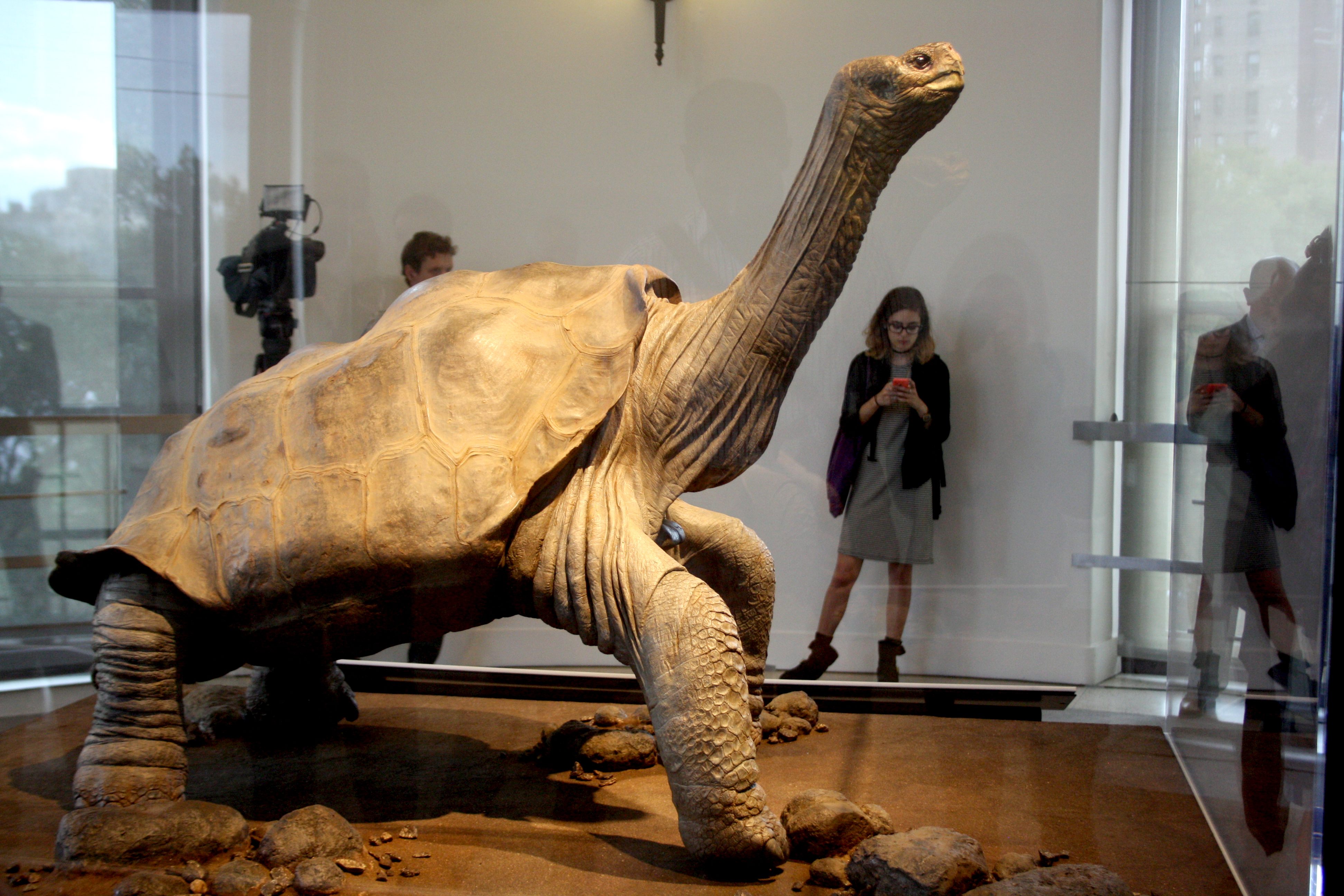
Lonesome George at the Fausto Llerena Breeding Center
Puerto Ayora, Ecuador
In 1971, while searching for mollusks on the Galapagan isle of Pinta, a Hungarian zoologist discovered a 60-year-old tortoise—the last of his kind. He was given the name “Lonesome George” and transported to a research station on a nearby island, where he spent the next 40 years of his life. Despite attempts at matchmaking, George fathered no young tortoises during that time. Though the tortoise died in 2012, his preserved body ensures that his legacy at the research station lives on.

Le Roy Jucep
Drummondville, Quebec
Fries, cheese curds, and gravy. These three simple ingredients mixed together have come to encapsulate Québécois identity through its signature dish, poutine. Although who really invented this dish remains a subject of fierce debate, anyone curious to get to the bottom of the matter should head to Drummondville and follow the bright neon glow to Le Roy Jucep, a diner that claims to be the birthplace of poutine.

Musée des Automates
Limoux, France
From Mary Shelley’s Frankenstein to modern advances in AI and robotics, humans have been on an endless quest to find ways to coax inanimate raw materials into recognizable life. In the 18th and 19th centuries, engineers and clockmakers used clockwork gears, cogs, and cams to build intricate lifelike automata, many of which you can find on display in the Musée des Automates. Is it life authentically intimated? Maybe not, but it’s certainly extraordinary.
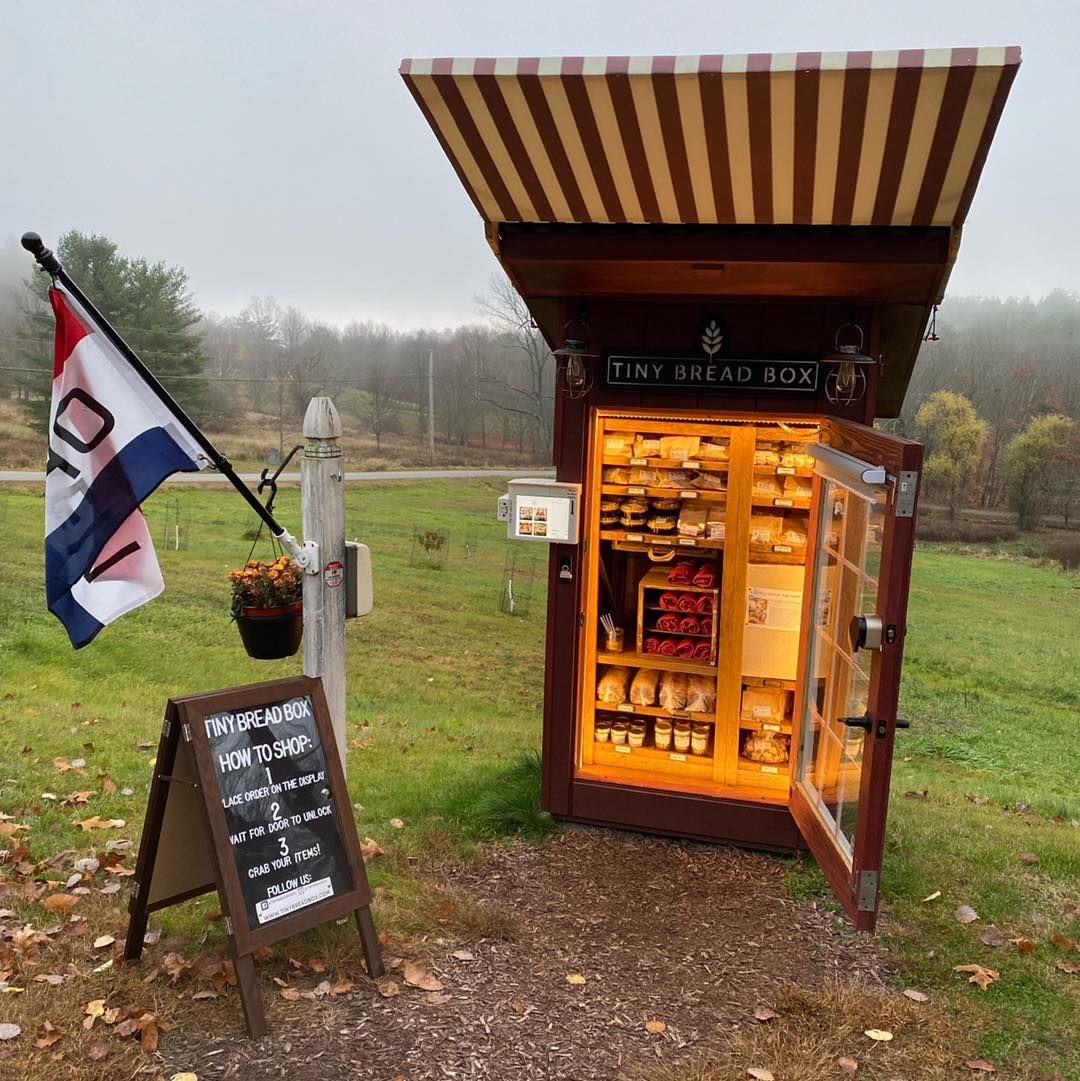
Tiny Bread Box
Vernon, Vermont
Every Saturday morning, this microbakery fills up with freshly baked pastries and sourdough breads. Baker Natalia Meijome created it as an homage to the Argentine panaderías she loved as a child, though the self-service kiosk looks a little different than the shops in Buenos Aires. If you get there before it sells out, you might find palmeritas (laminated pastries covered in caramelized sugar), maple bacon cheddar biscuits, or alfajores maicena (tender sandwich cookies filled with dulce de leche) behind its doors.
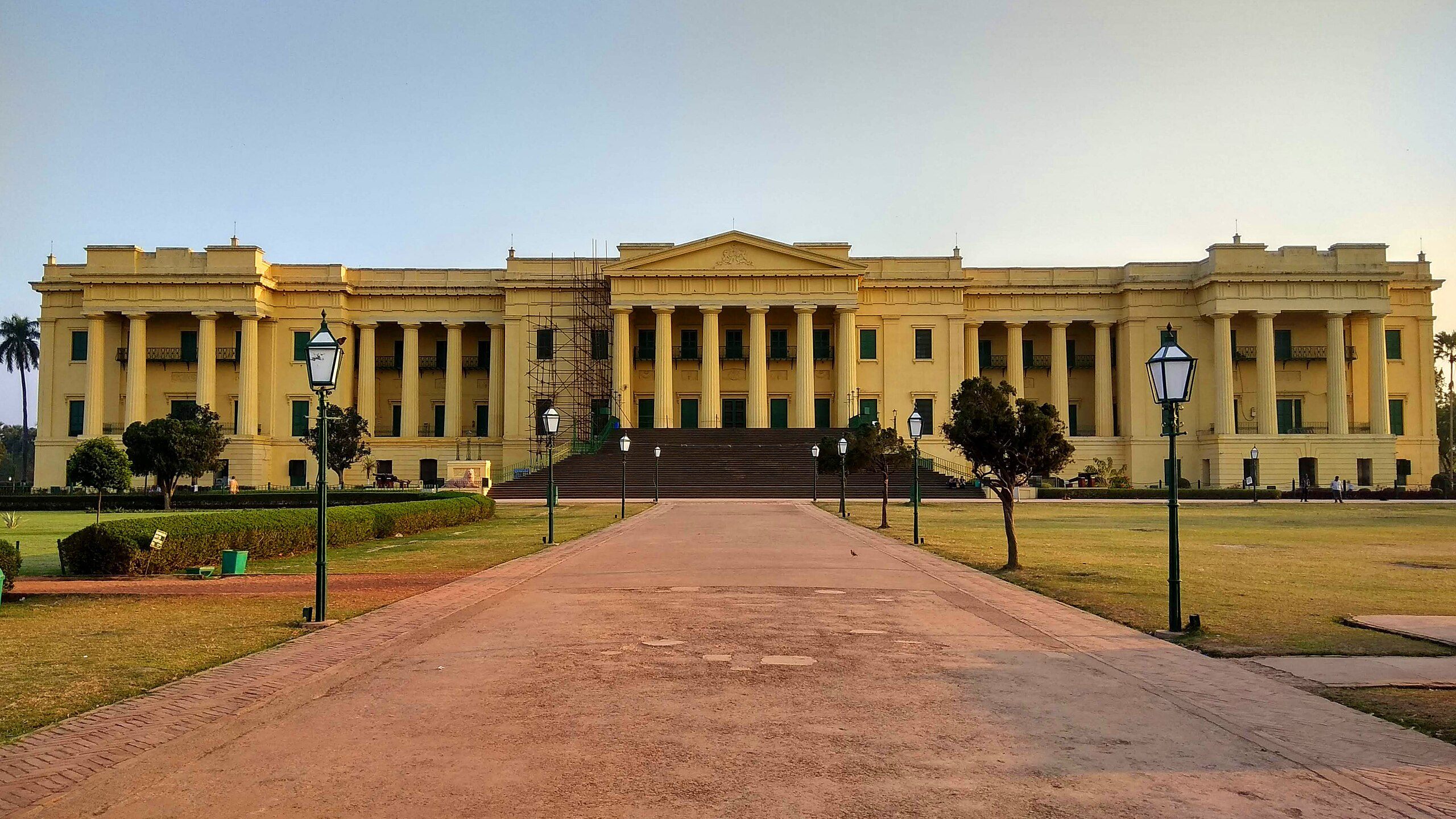
Hazarduari Palace
Murshidabad, India
In the palace with a thousand doors, not all of them are guaranteed to lead you somewhere new. The grand yellow-colored Italian-style palace with Greek Doric columns was built in the early 19th century. It does, in fact, have 1,000 doors, but 100 of them are fake doors, built to mislead potential enemy attackers.
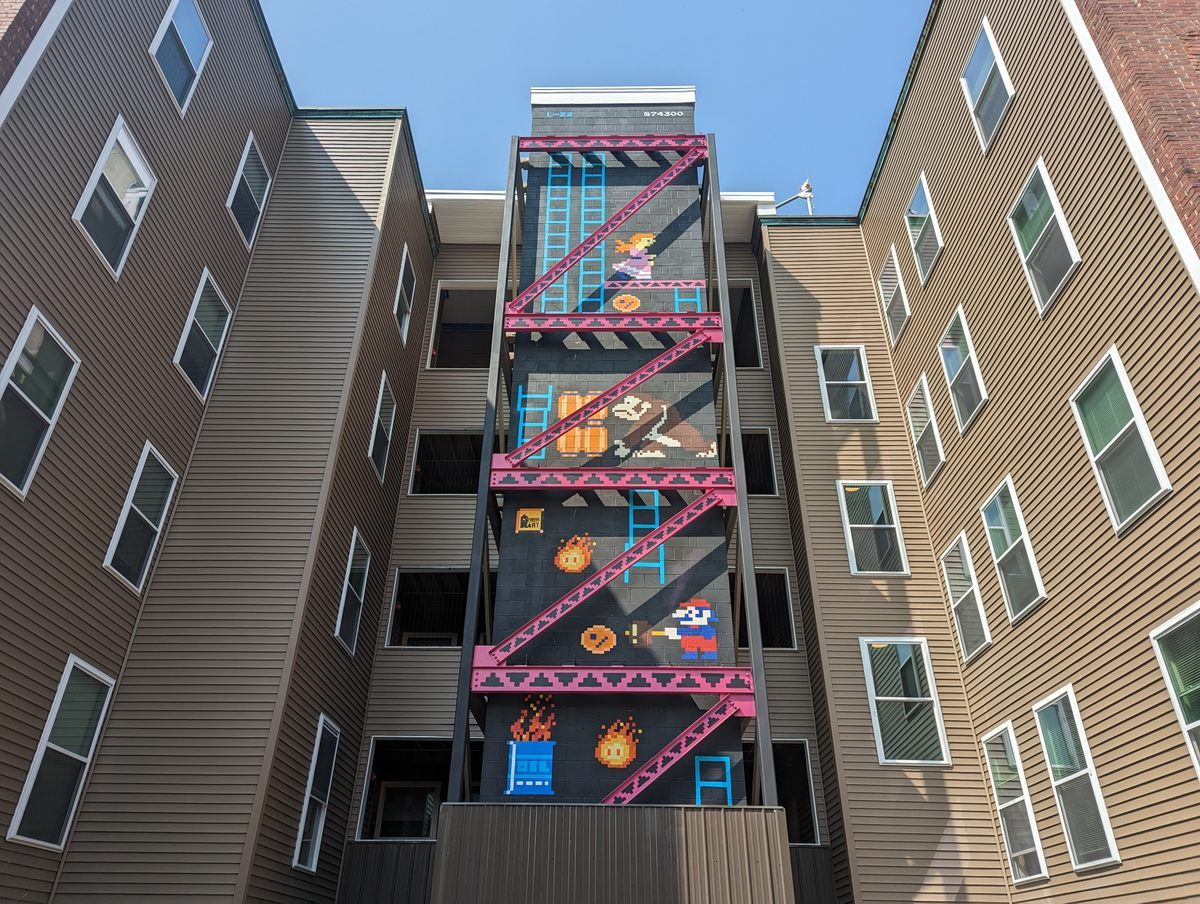
Donkey Kong Mural
Concord, New Hampshire
New Hampshire is home to a number of wild creatures: bears, moose, bobcats, and barrel-throwing gorillas. That last one is a much more recent addition to the state, and luckily for the locals, there’s only one, and he’s painted on the side of an elevator shaft on an apartment building in the middle of Concord.
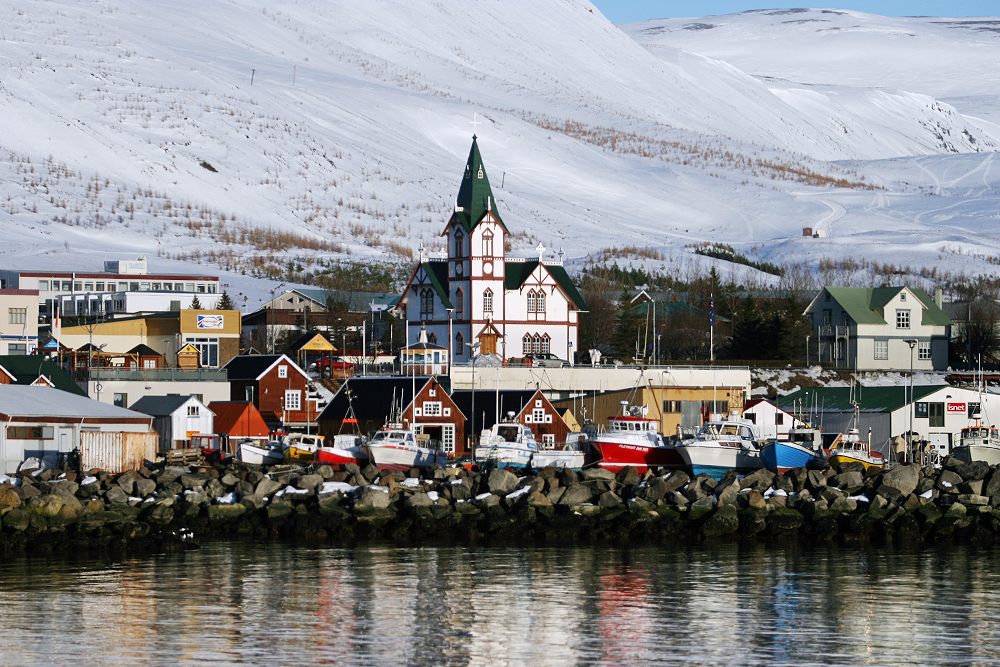
Jaja Ding Dong
Húsavík, Iceland
For years, Húsavík was a low-key fishing village known for whale watching in Iceland’s Diamond Circle. Now, thanks to Will Ferrell’s 2020 musical comedy Eurovision Song Contest: The Story of Fire Saga, the tiny Nordic town has garnered international acclaim. The movie delighted former Húsavík council president Orly Orlyson so much that he spearheaded an Oscar campaign for its soundtrack and opened a Fire Saga-themed bar and Eurovision exhibition.

The Desert Fjords of Oman
Khasab, Oman
If you combine the most scenic fjord landscape in Norway with dramatic red cliffs, warm clear water, and playful dolphins, you get the khors of Oman—the only desert fjords in the world. These jagged coves on the Musandam Peninsula were created by the collision of tectonic plates, rather than the glacial activity that shaped their Nordic and Alaskan cousins. But they’re no less stunning, with delicate, dramatic mountains of barren red rock rising from an emerald sea.
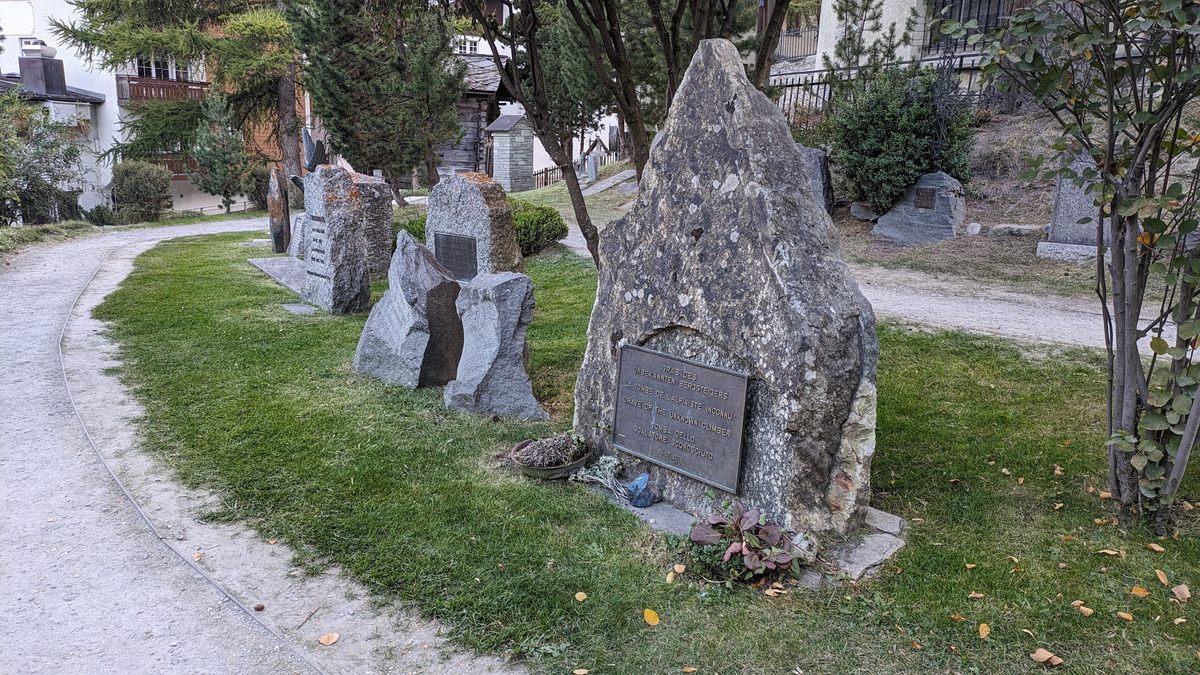
Mountaineers’ Cemetery
Zermatt, Switzerland
Zermatt is legendary in the global climbing community. It is surrounded by incredible mountain peaks, whose names—Breithorn, Täschhorn, Monte Rosa, and the iconic Matterhorn—echo through climbing history. The local cemetery has a special section, elevated above the rest of the graves and shaded by pine trees, where burial is reserved for climbers who died on the local peaks.

Nue
Seattle, Washington
With an ever-changing, globe-spanning menu and a wall-to-wall collection of culinary curios collected over a lifetime of travel, Nue may be the closest thing to the Gastro Obscura book in restaurant form. The name is a reference to a mythological Japanese monster with the body of tanuki (Japanese raccoon dog), limbs of a tiger, tail of a snake, and face of a monkey—a fitting image for a restaurant cobbled together from a dizzying diverse array of culinary influences, where you can aat your way from Ghana to Myanmar.

Charles F. Mills Grave Bell
Thunderbolt, Georgia
In the 19th century, taphophobia—the fear of being buried alive—was at a zenith. It was top of mind in southern port cities like Savannah, which saw regular outbreaks of yellow fever, a disease that could cause comas so deep that patients could be mistaken for dead. That foreboding prospect led inventors to come up with solutions for the prematurely buried. The remnants of one such device can be seen at the grave of Charles F. Mills: a bell sitting atop a pipe that rises a few inches from the ground next to the tomb.

Monument to the Battle of Oum Tounsi
Mauritania
After a deadly battle in the desert in 1932, French troops raised this monument to honor one of their fallen lieutenants. But the small structure was quickly claimed by Mauritanian resistance fighters to stand as a symbol of their fight against French colonization.
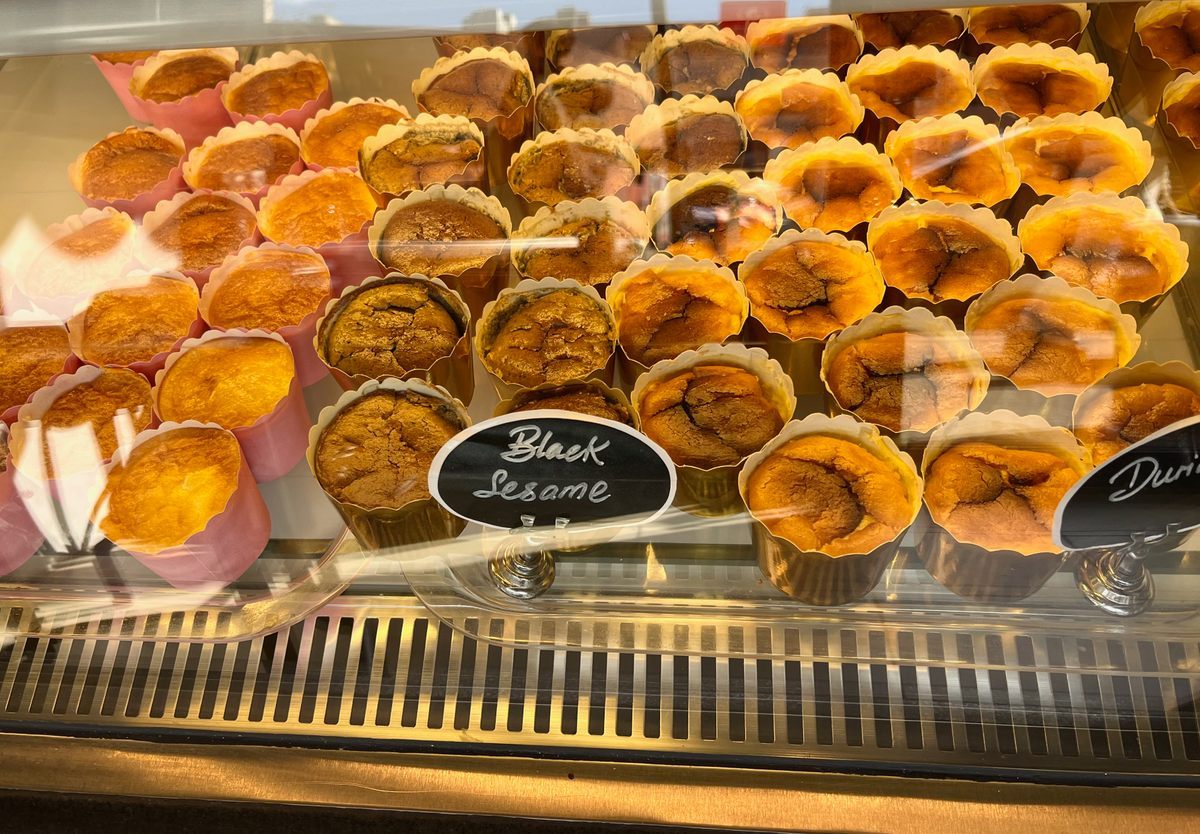
Kuih Café
Manhattan, New York
Veronica Gan opened this shoebox-sized café just one month before the COVID-19 pandemic brought New York’s restaurant business to a near halt. Despite the challenging circumstances, she kept he business afloat, filling the glass display case with handmade Malaysian sweets three days a week. Inside, you can find burnt Basque-style cheesecake with prized Sultan durians, or cheesecake made with ceremonial-grade matcha and red beans.

Fundación Natütama
Puerto Nariño, Colombia
Tucked away in the forest surrounding Puerto Narinó, la Fundación Natütama houses not only elaborate hand-carved replicas of local wildlife and mythical creatures, but also the secrets to the unseen, mythical world below the Amazon’s river currents. The Indigenous Tikuna elders tell tales of shapeshifting dolphins, large hairy creatures that stalk the forest, and entire cities built under the river’s surface, where pink dolphins and turtles live. The Natütama Foundation works with the community to preserve this cultural heritage.
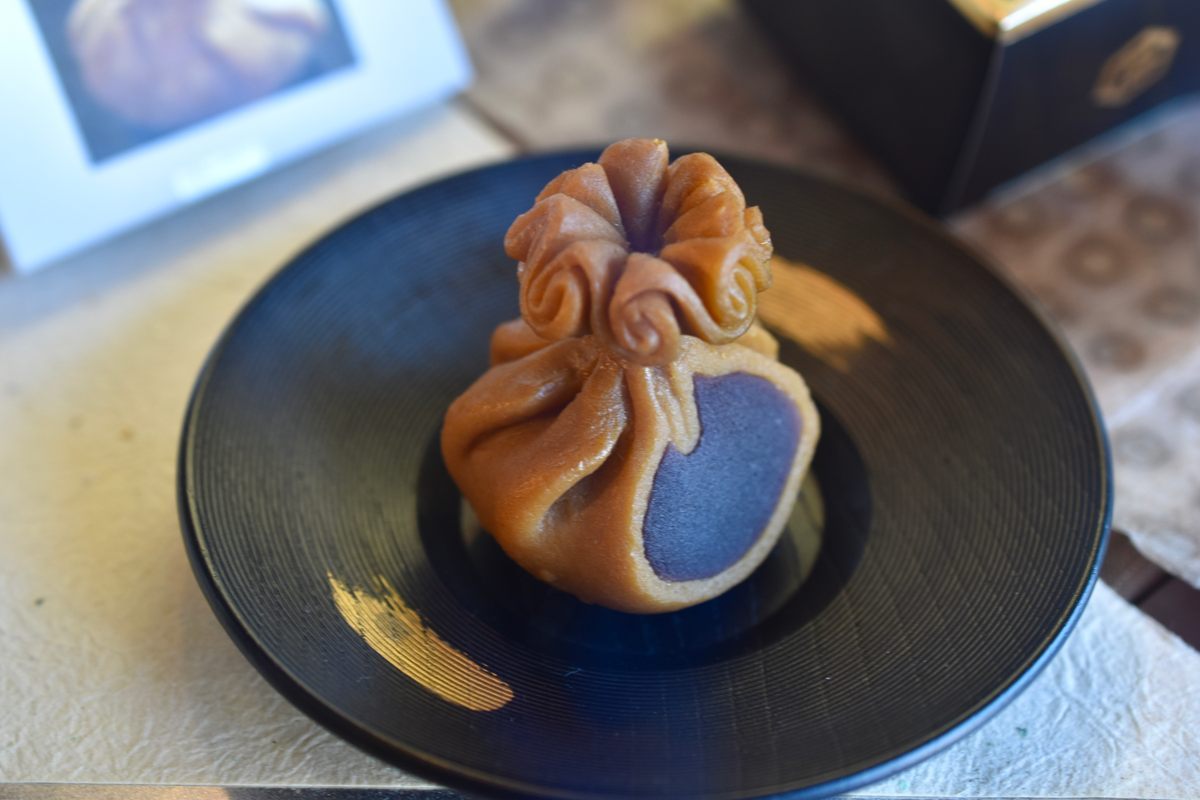
Kameya Kiyonaga
Kyoto, Japan
Originally established in 1617, this is one of Kyoto’s best confectioneries. While the shop offers a wide variety of wagashi, Kameya Kiyonaga’s specialty is a fried dumpling believed to be the oldest confection introduced to Japan. Seijō-kankidan (which translates as “ball of joy”) is made by blending seven different kinds of incense into red bean paste, then wrapping it in rice flour batter and deep frying in sesame oil. This rare treat offers a taste of centuries’ worth of history.
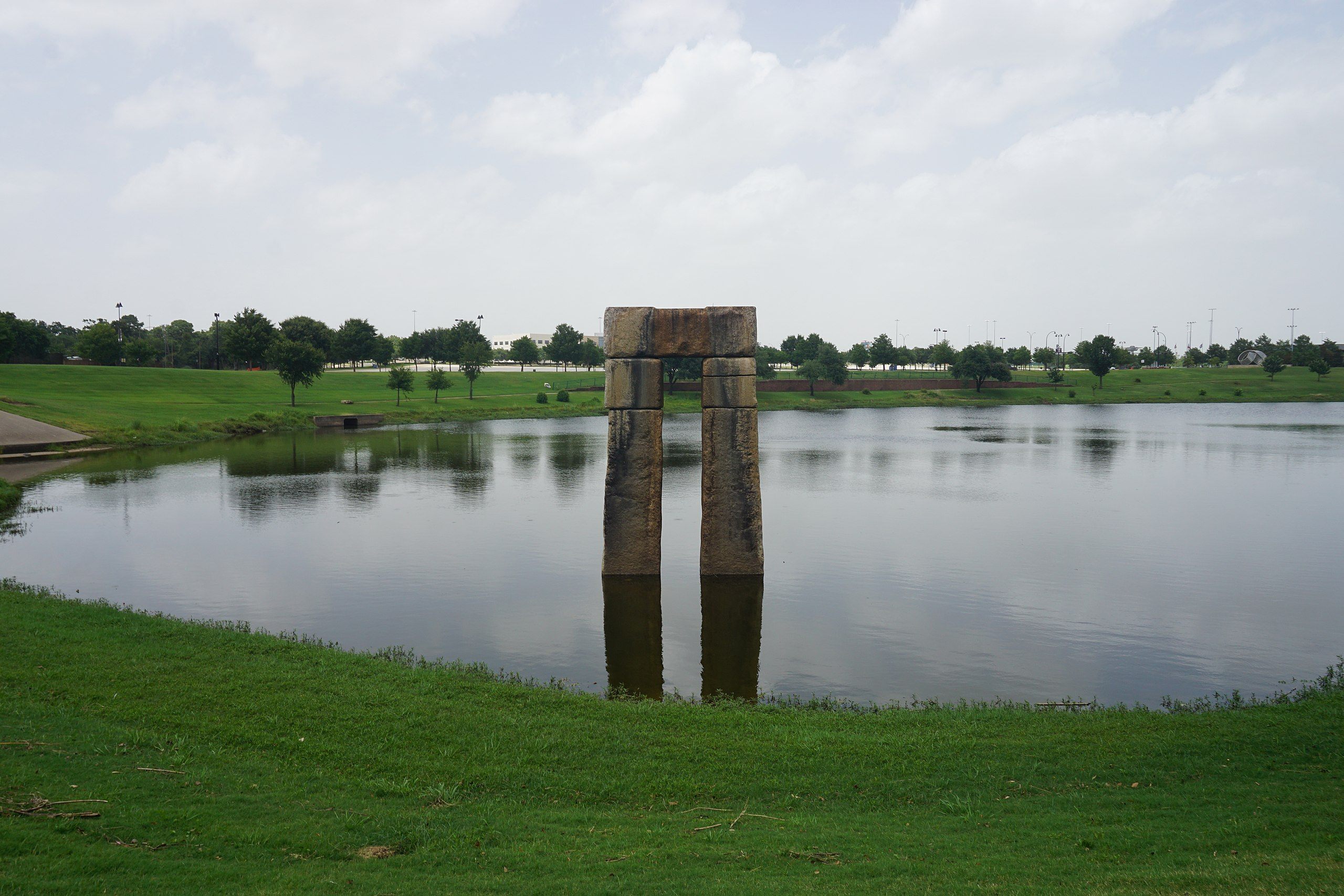
Caelum Mór
Arlington, Texas
In the 1980s, an arrangement of five megalithic sculptures was set in a five-acre public park in Arlington. But a coalition of over two dozen clergypeople started a crusade against the sculpture, claiming that it had Satanic origins. Years later, when the stones were moved, there were claims that the Dallas Cowboys were attempting to siphon Satanic power.


















































Follow us on Twitter to get the latest on the world's hidden wonders.
Like us on Facebook to get the latest on the world's hidden wonders.
Follow us on Twitter Like us on Facebook